28 Feb How to make your wildlife macro photography stand out
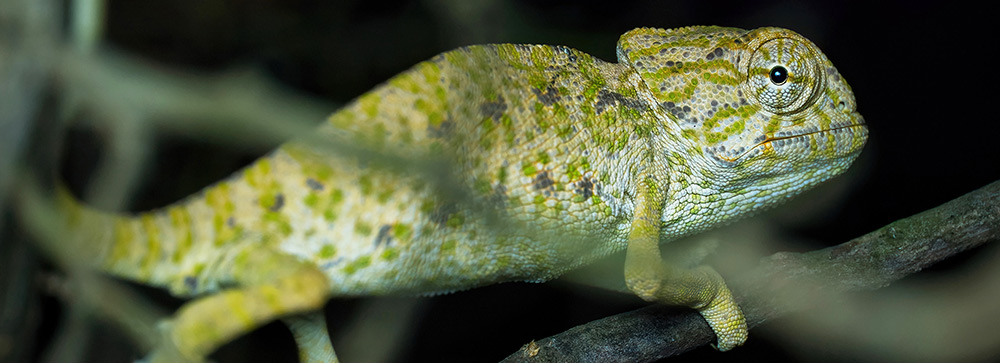
Wildlife and nature photography is a very fascinating field of photography.
Wildlife Macro photography in particular opens up a window into the tiny world of insects and spiders and makes visible all the textures, colors and forms, that are mostly hidden from the naked eye.
With macro photography and the focus on conservation photography becoming a real trend lately, there is a lot of awards and competitions for your macro photography.
How can you make your very own wildlife macro photography stand out from the masses of photos, that we see every day?
Read on to find out!
Change the angle and get low
While we see most of our surrounding world on human eye level, we miss a lot of interesting discoveries that just happen below this level.
If we use lower, or unusual angles in general, we break up traditional viewing and reception patterns – hence making the photo more interesting and giving it a surprise character.
There is so much to discover if we break away from our traditional top-down perspective on the creatures beneath our feet.
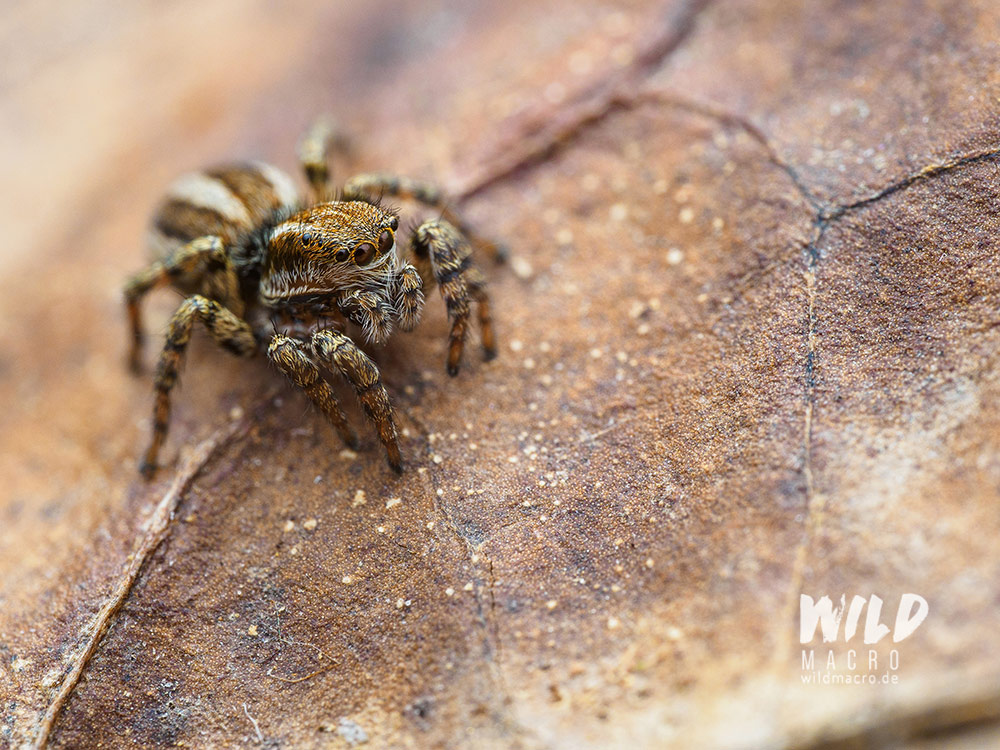
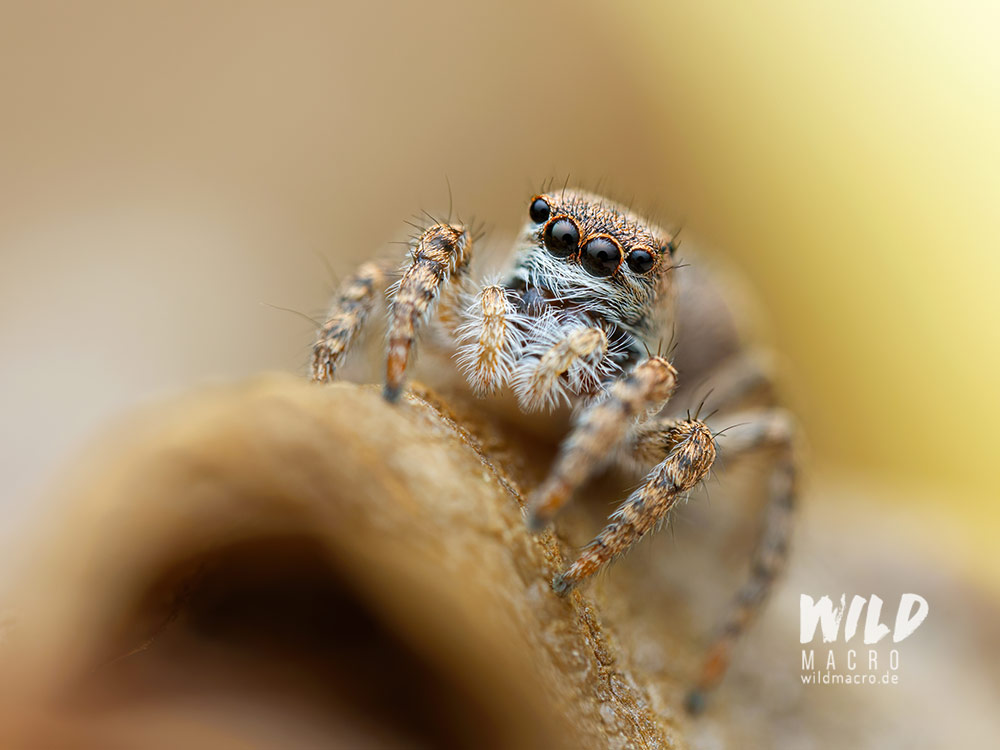
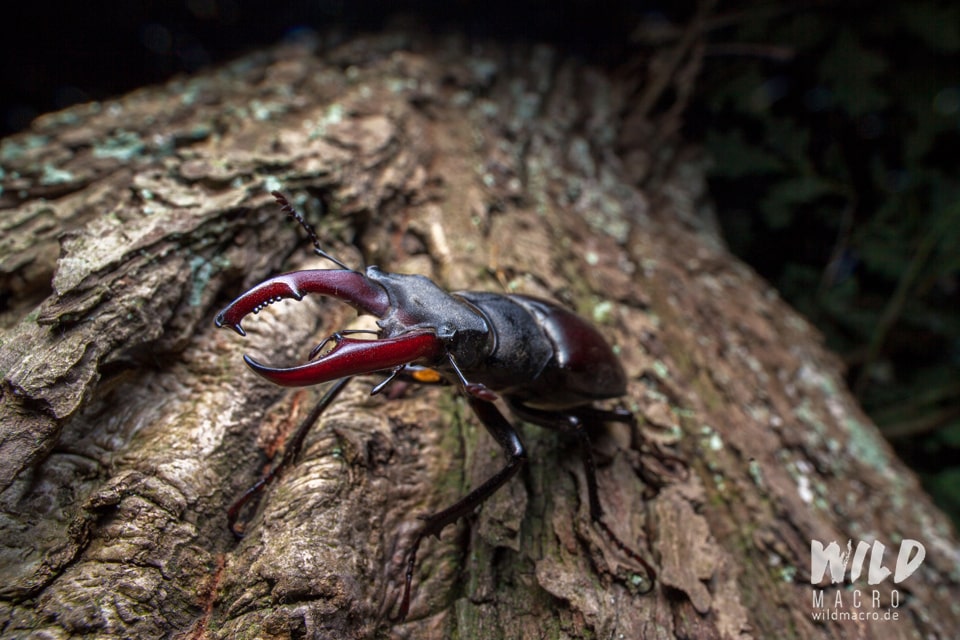
Move away from what you see every day
Looking for subjects that are hidden from our daily life means bringing some fresh perspective to your photography.
If our photos show something we are used to see regularly, it might appear boring, while discovering something new via a photo, is entertaining and can literally be an eye-opener.
The same applies for nature photography – showing nature in a different light than usual can be very interesting.
While this tip is rather abstract, there are so many layers to this and endless possibilities to incorporate into your macro photography.
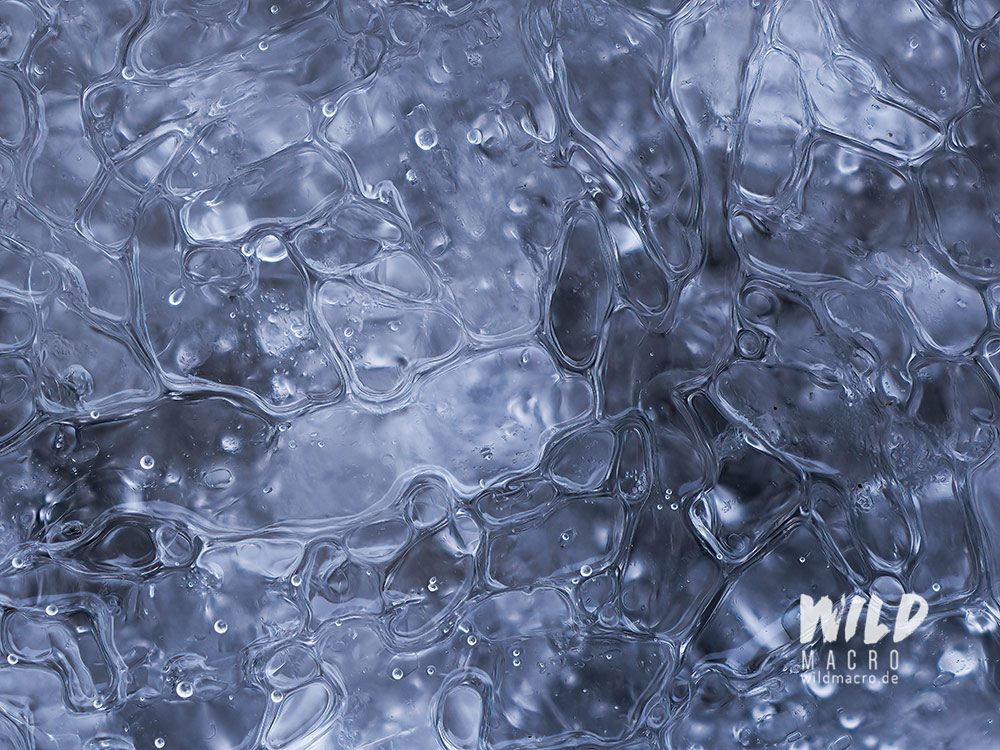
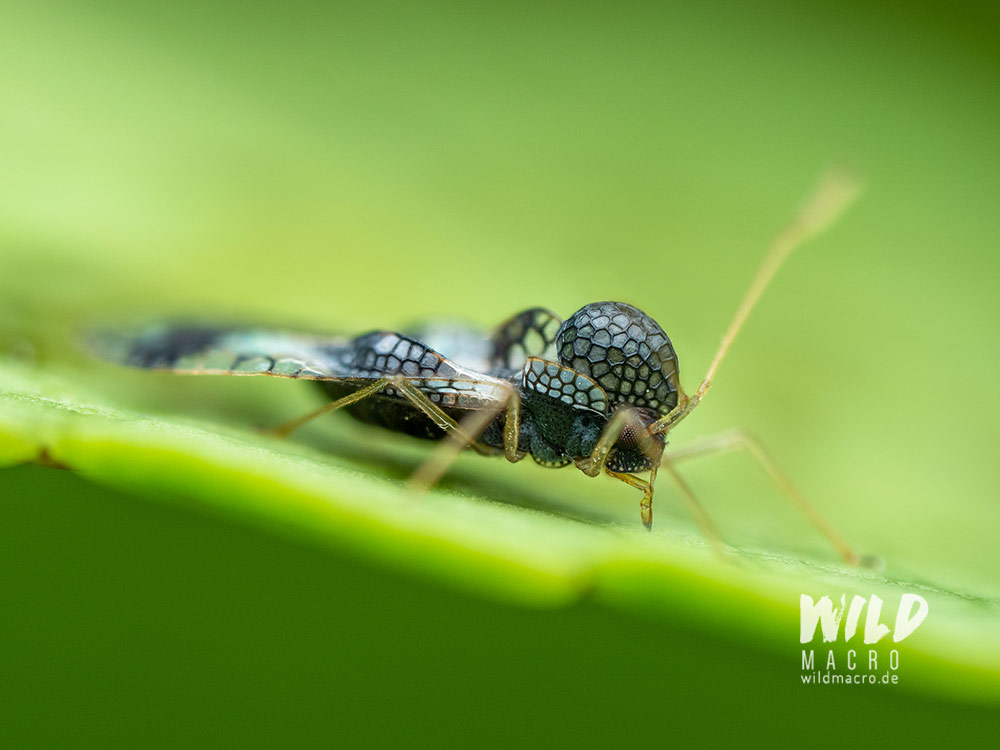
Look for something that has not been done before and experiment
To create a photo that really stands out, it can be a good idea to look for something that simply has not been done before.
This is not an easy task because photography has been around for quite some time and thousands, if not millions of photographers have tried to do that, before you even tried.
Even the most common situation or motif can, from a fresh perspective or in a new, unexpected context, look completely new for the viewer.
Try to photograph something wide a wide-angle that we know only from a narrow super-magnified point-of-view, or capture a moment, that we cannot really see with our naked eye, for example.
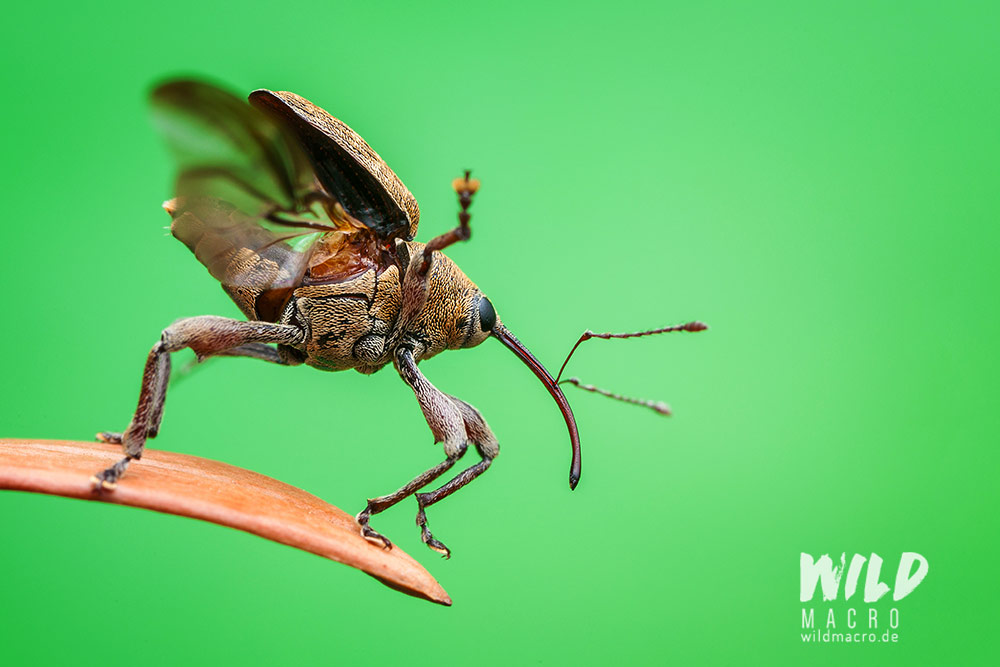
Get inspired

Looking at photos that have been winning awards or standing in the center of attention can teach us a lot about what people like to see when it comes to wild life photos.
To learn from the best has never been a bad piece of advice.
In combination with the prior tip it also shows what has been done and what not.
You might develop an idea you see even further, scrap one which you realize someone has done before, or try to execute it in a creative new way or improve on it.
Getting inspiration is not to be mistaken for stealing and can help your creative process a great deal.
Add multiple creative and visual layers
This tip basically follows a rather simple idea but can be a challenge in execution.
Every photo, both a bad and a great one, can simply be improved if you add another aspect or layer to it – mostly of creative nature.
Getting creative with focus and focus layers can be a very interesting approach.
As you can read in the following sections, this may be an educational aspect, a creative stimulus like a thoughtful composition, or the intermediation of emotion.
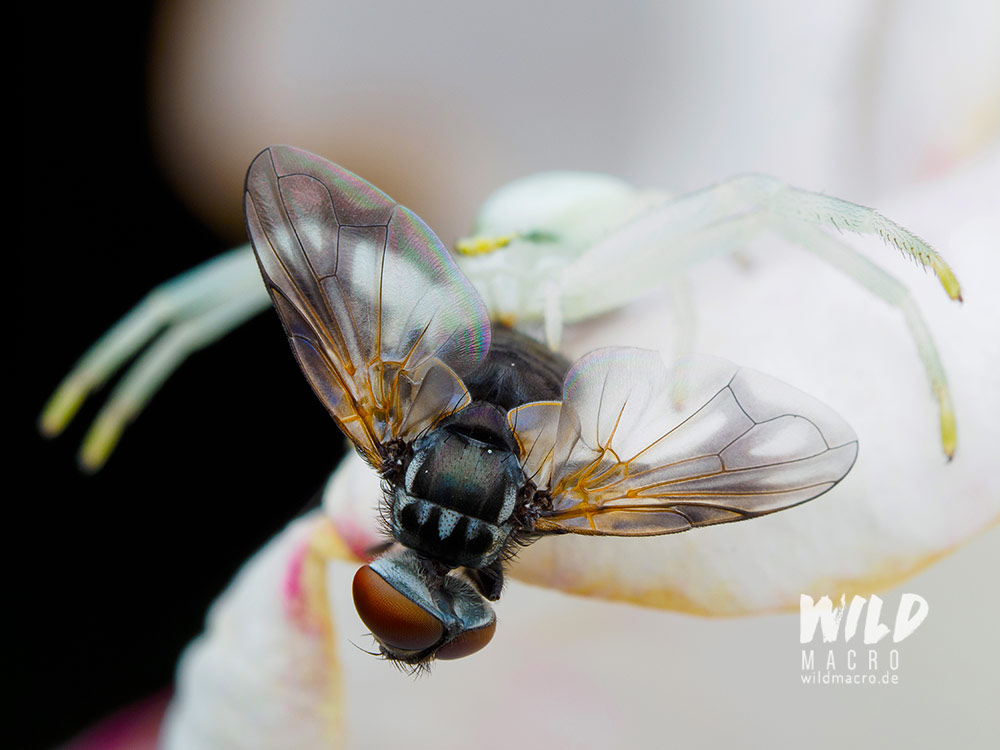
Make your macro photography talk
Choose motifs that “talk”.
Whether it be the depicted situation itself, or a connoted message or meaning.
It opens up a whole new dimension and underlays the actual, technical image with another, meaningful layer.
Your photo could invoke emotions in the viewer for example, explain and illustrate something, or transport a message or appeal.
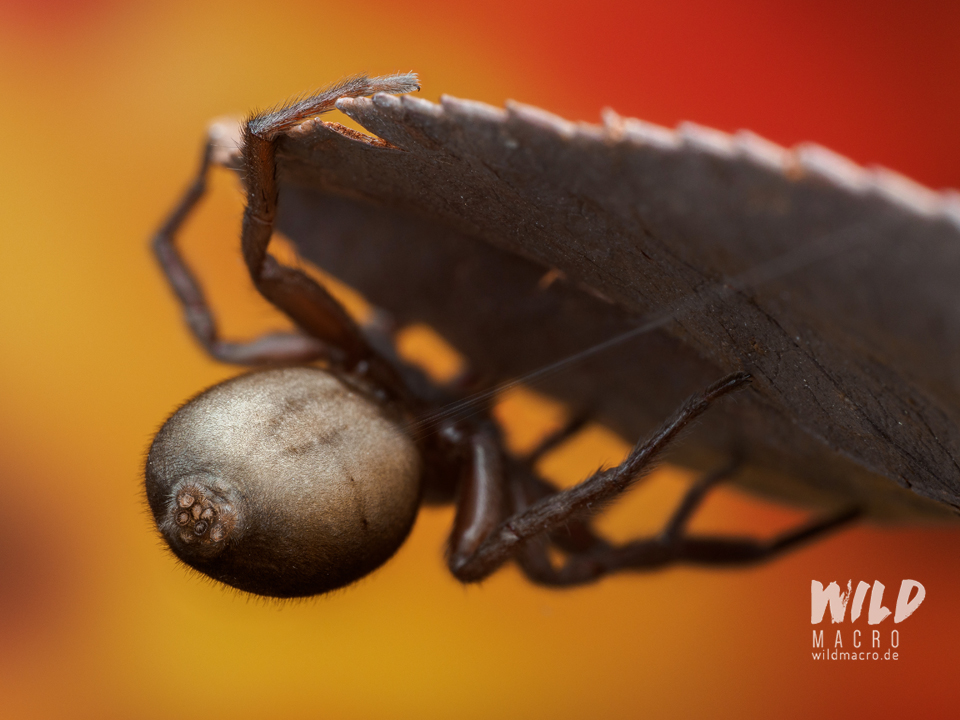
Compose your Image
With a thoughtful composition you can both add a creative element to your photo and influence how it will be read by the viewer at the same time.
Use guiding lines and incorporate the elements in the image to place or frame the subject, or guide the viewers eye to the points-of-interest.
Contrast and focus can also contribute to the effect of your composition.
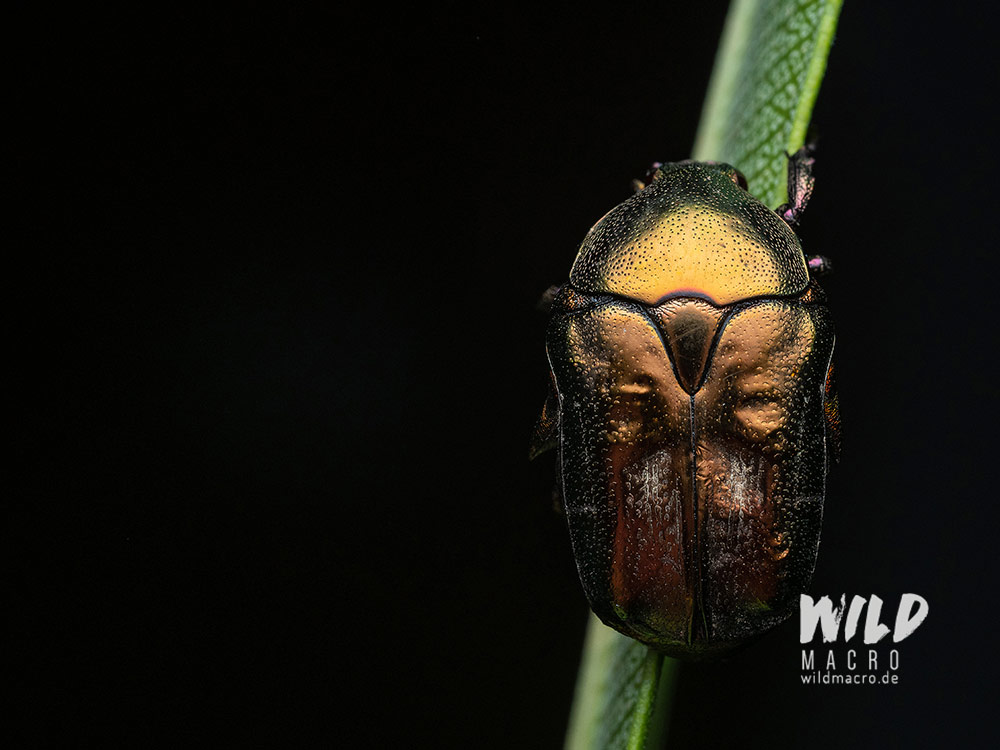
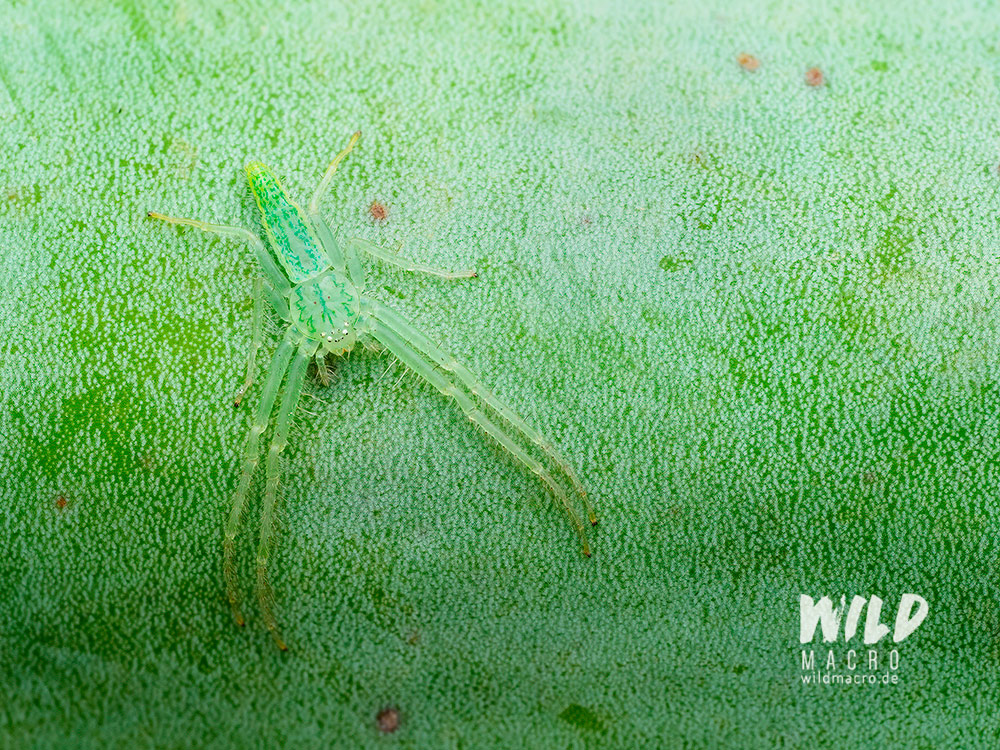
Photograph animal behavior
The holy grail of wildlife photography is the documentation of animal behavior.
If you manage to combine technically excellent photography with a strong motif like that, you definitely have a strong photo in your portfolio.
You complement the actual subject with another, often defining, aspect and elevate the photo.
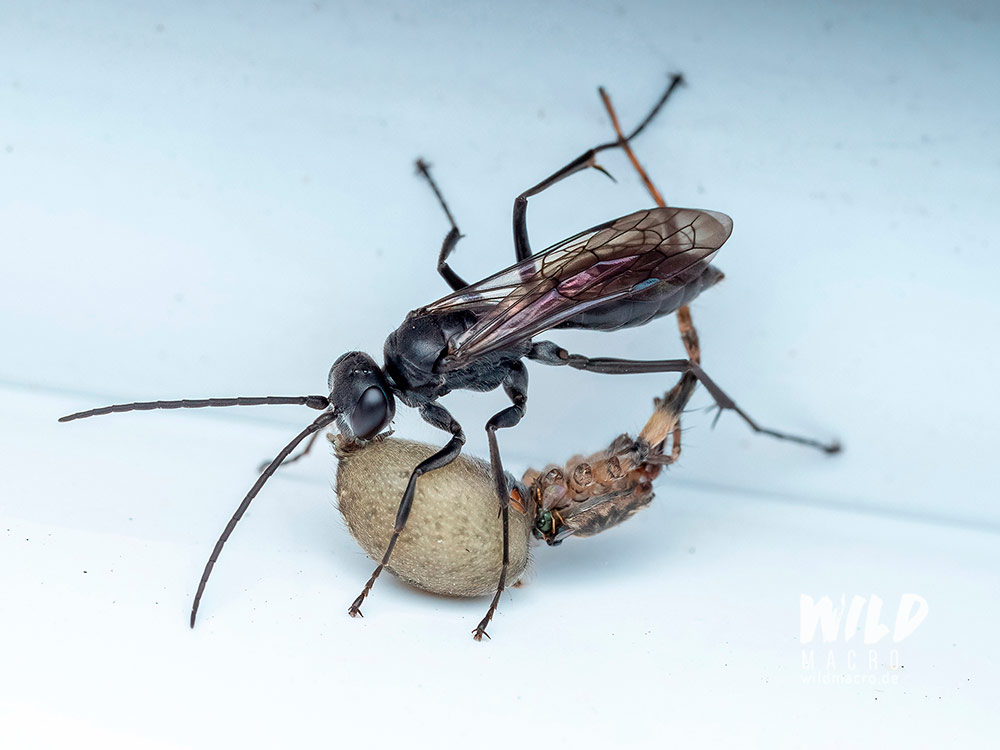
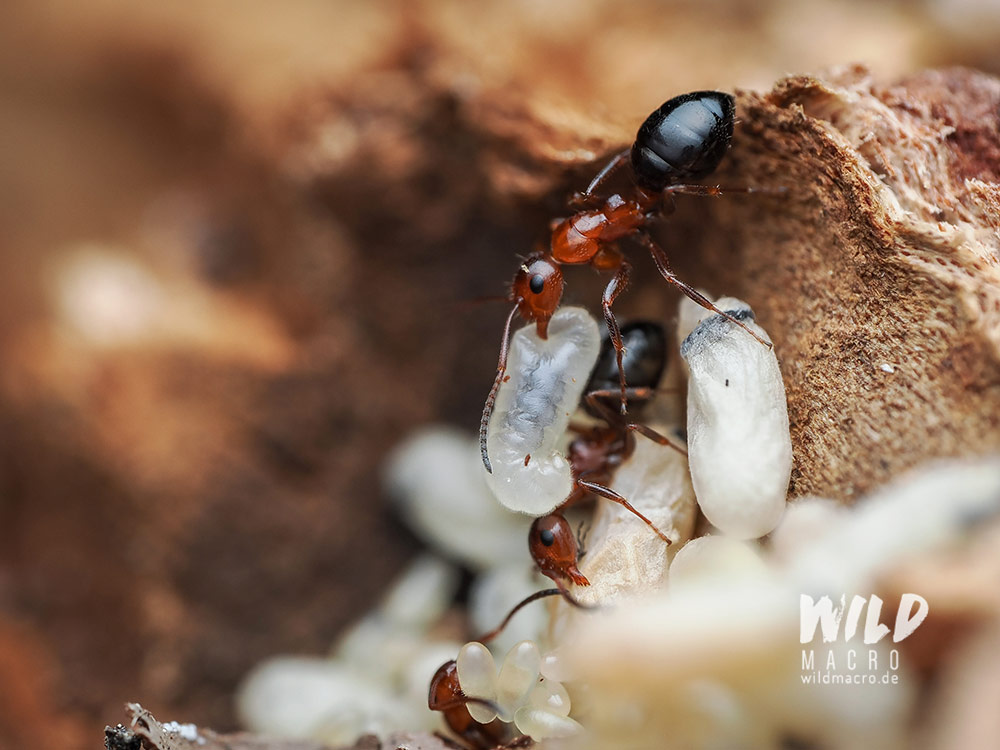
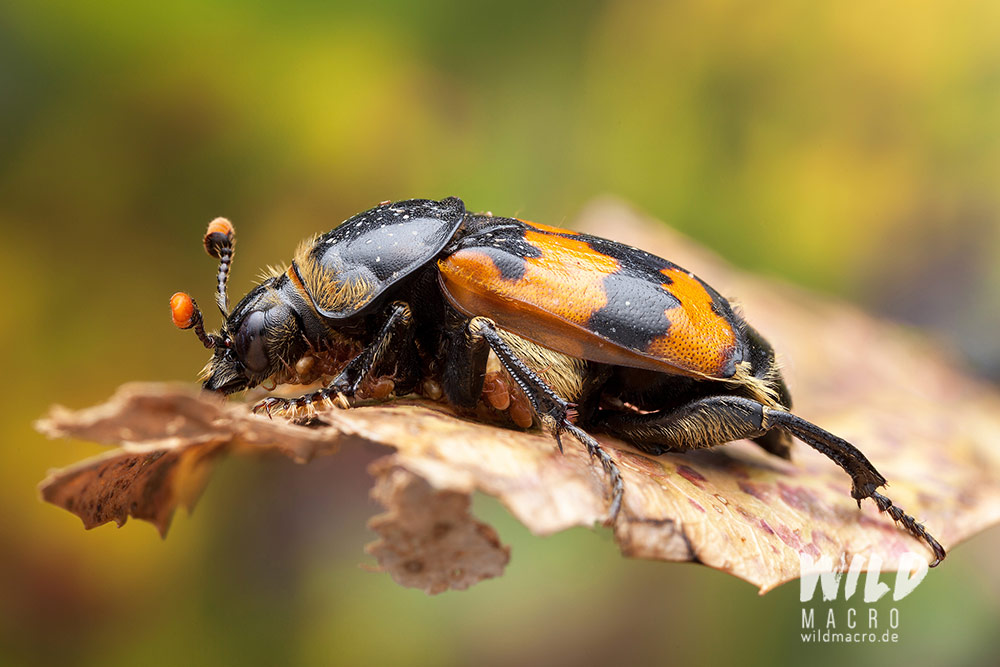
Give your photos an educational aspect
This ties in with other aspects directly, like the ‘talking photos’ or the next one where you ask yourself what the purpose of your photo actually is.
I came to the point several times, where i looked at a technically perfect photo i took, which also had creative visuals, but just did not give me that feeling of having achieved something.
I felt like the image was missing purpose and thought about how I could go a step forward with that.
One solution i found was, that i now often try to emphasize interesting features of the motif with the purpose to educate.
In addition to show the beauty of the tiny creatures I photograph, I am looking to include them in scenic situations, highlight behavior, or simply show them in a way that might teach the viewer something (new) about what they are looking at.
Most of the time this actually results in a focus on behavioral photography.
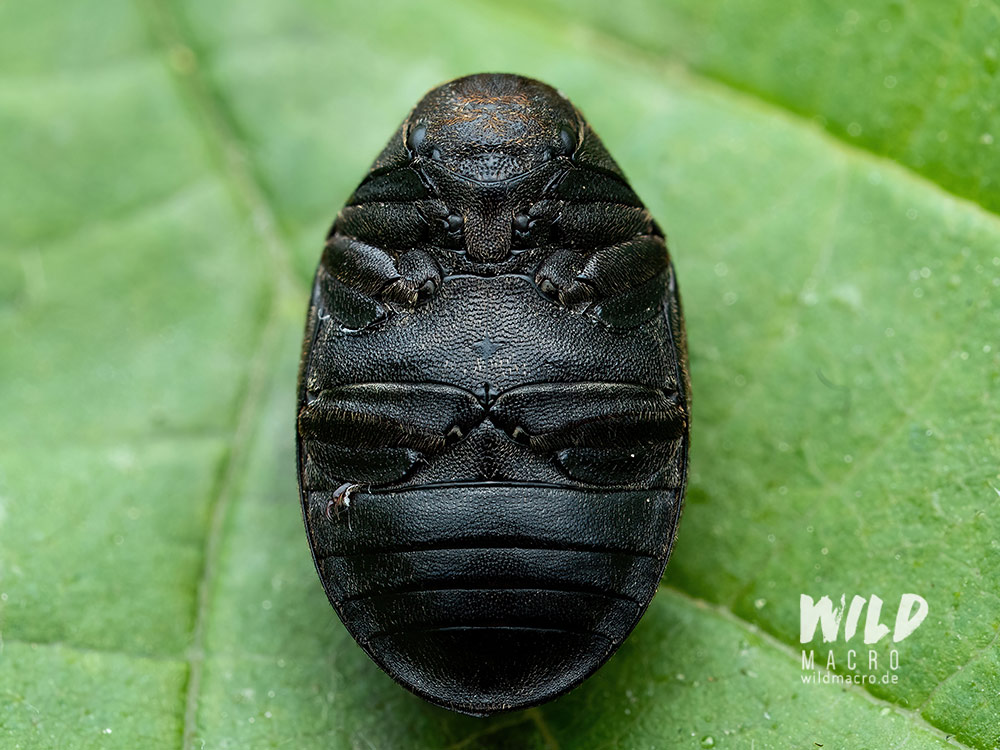
It is all about the emotion
Try to photograph a scene, that can evoke emotions in the viewer.
The stronger the better.
This can be a positive emotion, like affection, love, or fascination, or a negative emotion like shock, disgust, fear or sadness.
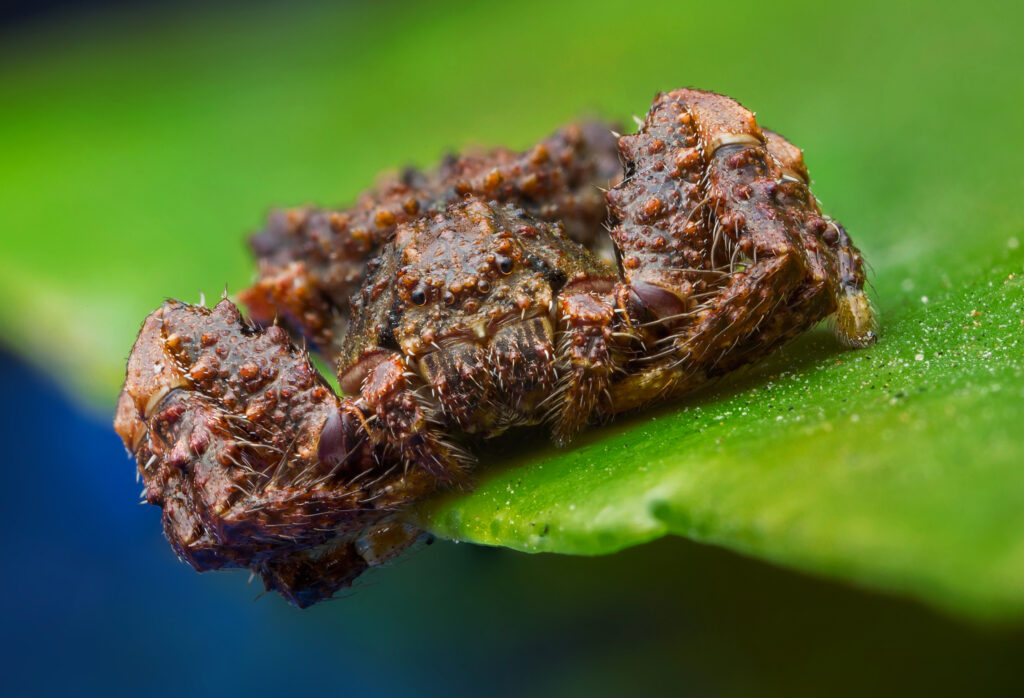
Emotions will be remembered, just like the photo that triggered them.
Examples for such scenes could be a Gorilla mother nursing her baby, an animal giving birth, a predator hunting and feeding on young prey, or fascinating moments that have not been seen before.
Also the depiction of a rare animal will evoke a strong positive emotion and make the photo stand out simply by what is shown.
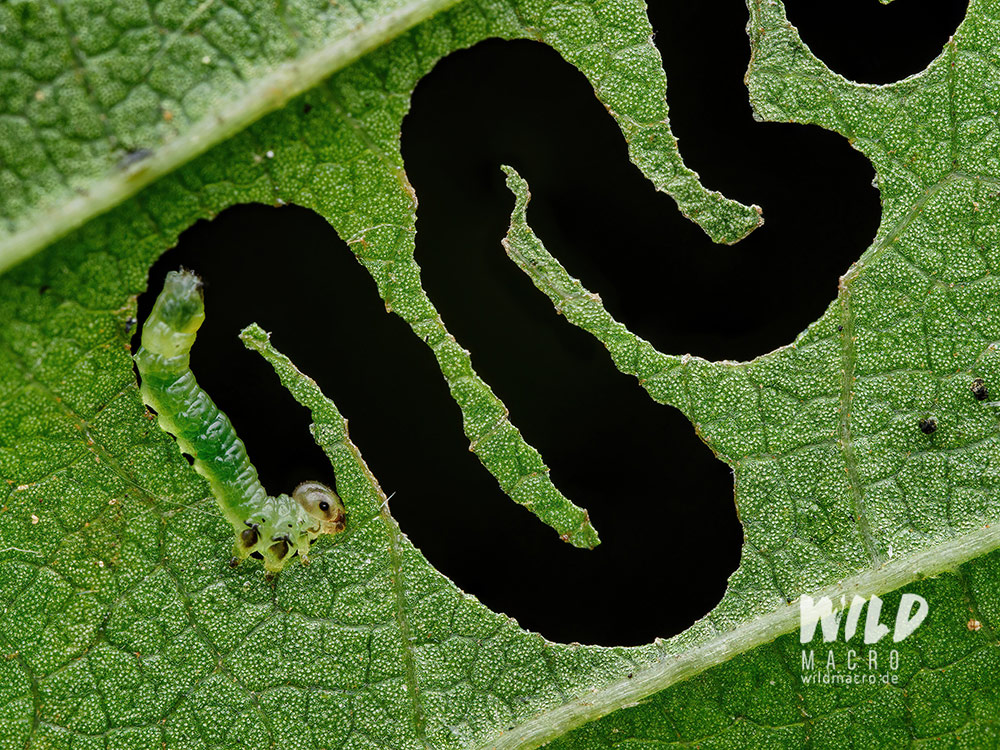
Ask yourself what is the purpose of your photo
On the internet and social media there is a lot of macro photography to find (if you actually look for it).
Some motifs however, are being repeated over and over.
When it comes to extreme macro photography, it is often just about getting as close as possible to show interesting textures, but the esthetic side is often forgotten.
It sometimes feels like some of these photos just exist for the sake of having taken an extreme macro photo, but there is no intrinsic value to it, nor any esthetic quality.
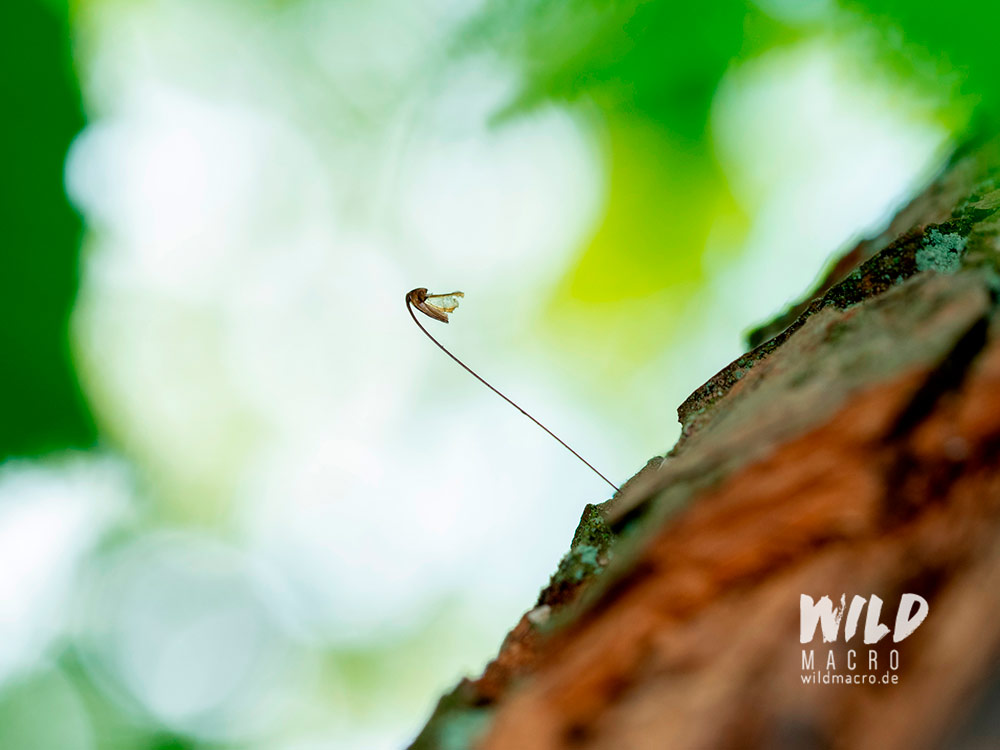
Ask yourself why you take a specific photo.
What does it mean to you, and what should it mean to the viewers?
Does it have any value for the viewers, does it communicate or teach them anything, does it evoke emotions of any kind?
How can you achieve this?
Conclusion
You see, there are numerous facettes to macro photography.
To make your own macro photography stand out from the masses of macro photos is easier, if you manage to add one (or more) of the above mentioned points to them.
This might also help, if you are struggeling from appreciating your own work (read more about how to get rid of self doubt here) and maybe even suffer from the so called imposter syndrome.
However, keep in mind that your own photography should be something that you thoroughly enjoy – there is no “must” to give your macro photos another layer, or any meaning at all.
Sign up for the newsletter mailing list & free ebook

Did you enjoy these tips and want to learn more or improve your macro photography skills?
Stay up to date with new blog posts, reviews and tutorial- and ebook-releases.
Sign up below to get notified when the free edition of my ebook
‘How to master spider & insect macro photography’ is ready for download.



Andrew Neal
Posted at 10:47h, 29 FebruaryGreat article as ever Chris
wildmacro-chris
Posted at 12:04h, 29 FebruaryThanks a lot Andy, i appreciate your feedback as always 😉
I have some more sitting ready to publish and will release more in the next 2 weeks to “get rid of the backlog”.